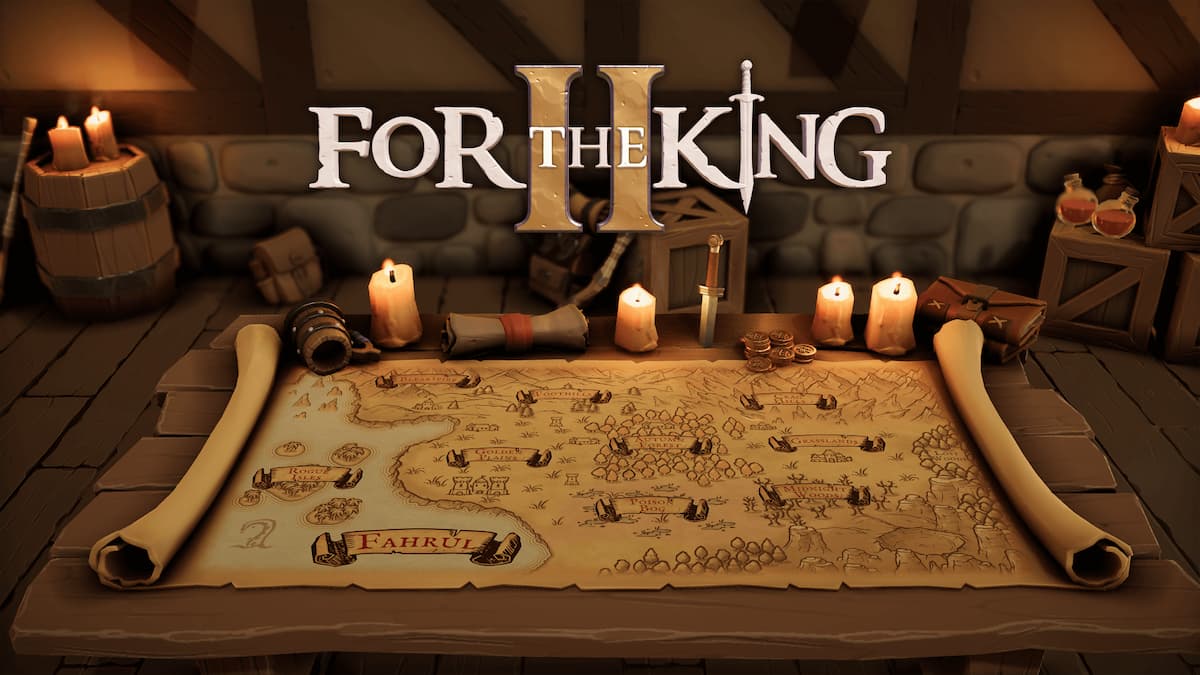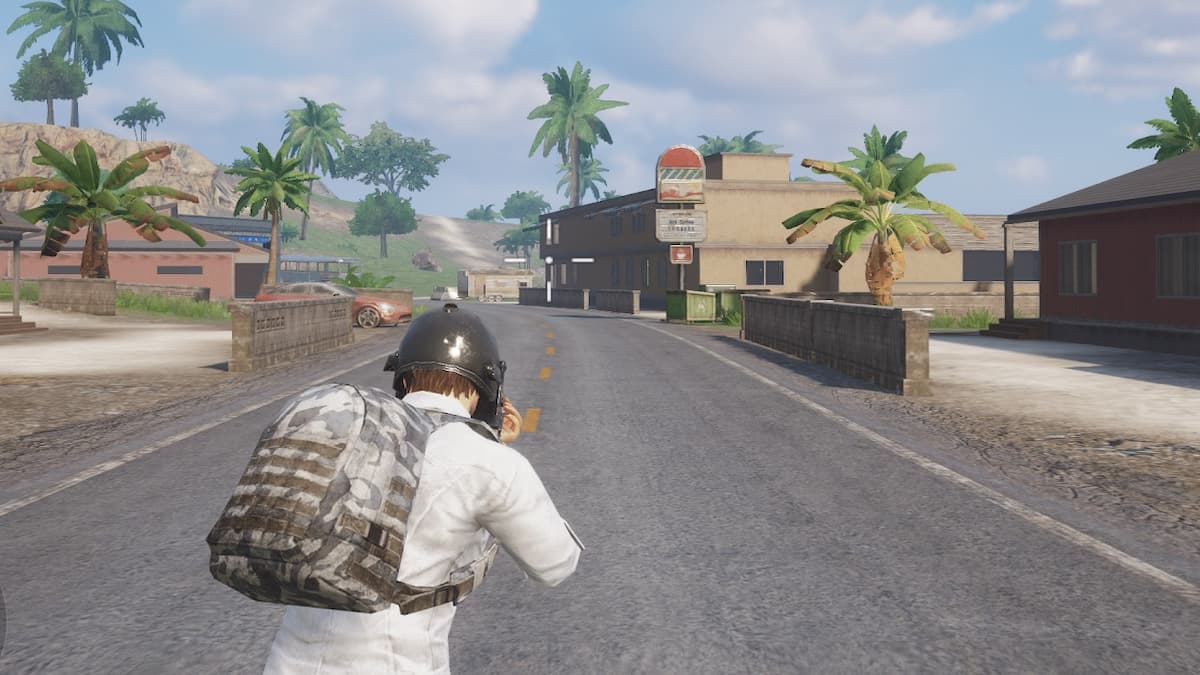It’s happened to us all. You’re playing a game, solving puzzles to get to the end of the dungeon, and you miss a clue or an essential item. The next several hours are spent backtracking and running in circles. Finally, you rage quit.
Game designers generally want a game to flow seamlessly, without causing the above scenario. They want you to have that “aha!” moment, but sometimes the difficulty curve is just too high. So if you’re having trouble figuring out what those game designers are thinking, here’s a basic tutorial to help you get into their heads.
For your first lesson, we’re going to talk level design. Well-designed levels with guide you through without holding your hand. Let’s look at some of the tricks game designers use to create their levels, and how you can take advantage of them.
Head towards the light
You go from one area to the next, from door to door. But what if there are… two doors? Aim for the path of least resistance. Anything lit up or brightly colored is probably the place to go. It is rare in the modern age of gaming for a level to give a player choices without any environmental context.
I’ve always heard that comedy is allowed to break the rules, but the same could be said of horror. In a horror game, like Silent Hill, you may need to enter the darkness to progress through the game. In an action game, a scripted scream of terror may be the next clue of where to go and shoot stuff; but in a horror game, that may be a sign of where not to go.
The path less travelled leads to treasure

In games that reward exploration, such as RPG or adventure games, the obvious choice for story progression is those sky-high steel doors or that path with the save point. On the other hand, there’s that narrow, dark hallway that’s got to have treasure at the end of it.
In game design, the “critical path” is the place where you go to progress further into the game. This path follows a line to the end of the level, usually with as little backtracking as possible.
Notice that most of the noncritical areas lead to rewards. The leftmost room contains an old man who gives you a cryptic clue. The topmost path ends in a staircase leading to a bow, a useful weapon in the game. The bow, being more immediately useful than the clue, is surrounded by traps and monsters. Recognizing that this is a noncritical path leading to treasure, this then becomes a strategic choice for the player. Is it better to get the treasure now or go back for it later? Is going back going to be an option?
Following the critical path is such a logistical problem for game designers that sometimes, in action games like Bayonetta, the path behind you is sealed off. You can only move forward to propel the action.
Waterfalls
This one is easy. The purpose of a video game waterfall is to hide a secret passage. No exceptions.
For further knowledge about level design, try this Extra Credits video, “How Design Teaches Without Words.”
This is article is part of a three-part series that will explore the choices made by game designers, and how you can use that information to help you reach the end-game. Check out these entries on items and NPCs and metagaming.
Are there any level design tricks you’ve noticed that might help a gamer complete a level? Share with me in the commetns below!










Published: Aug 15, 2015 09:16 pm